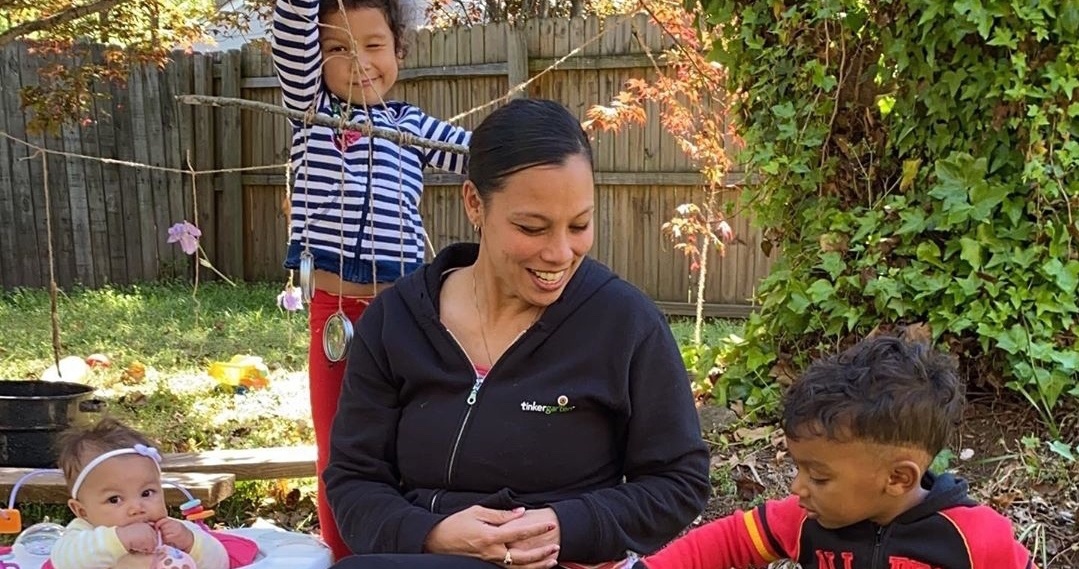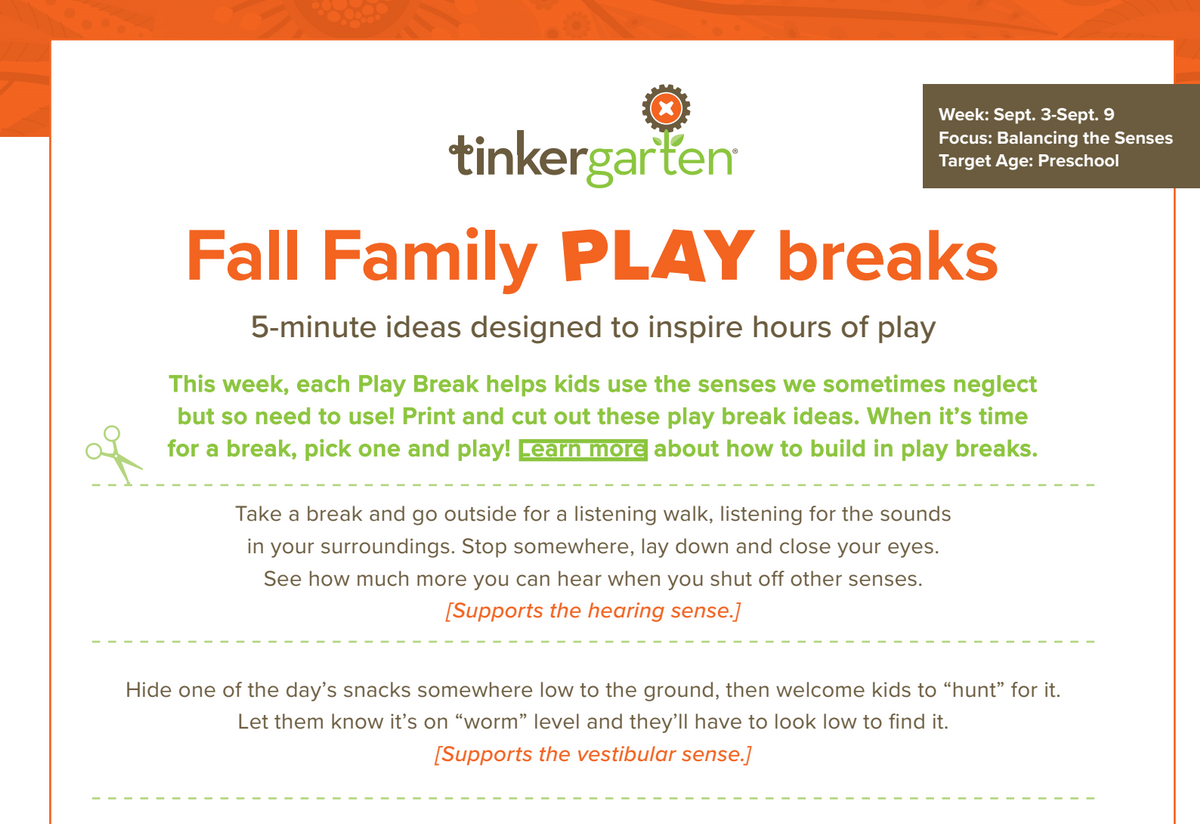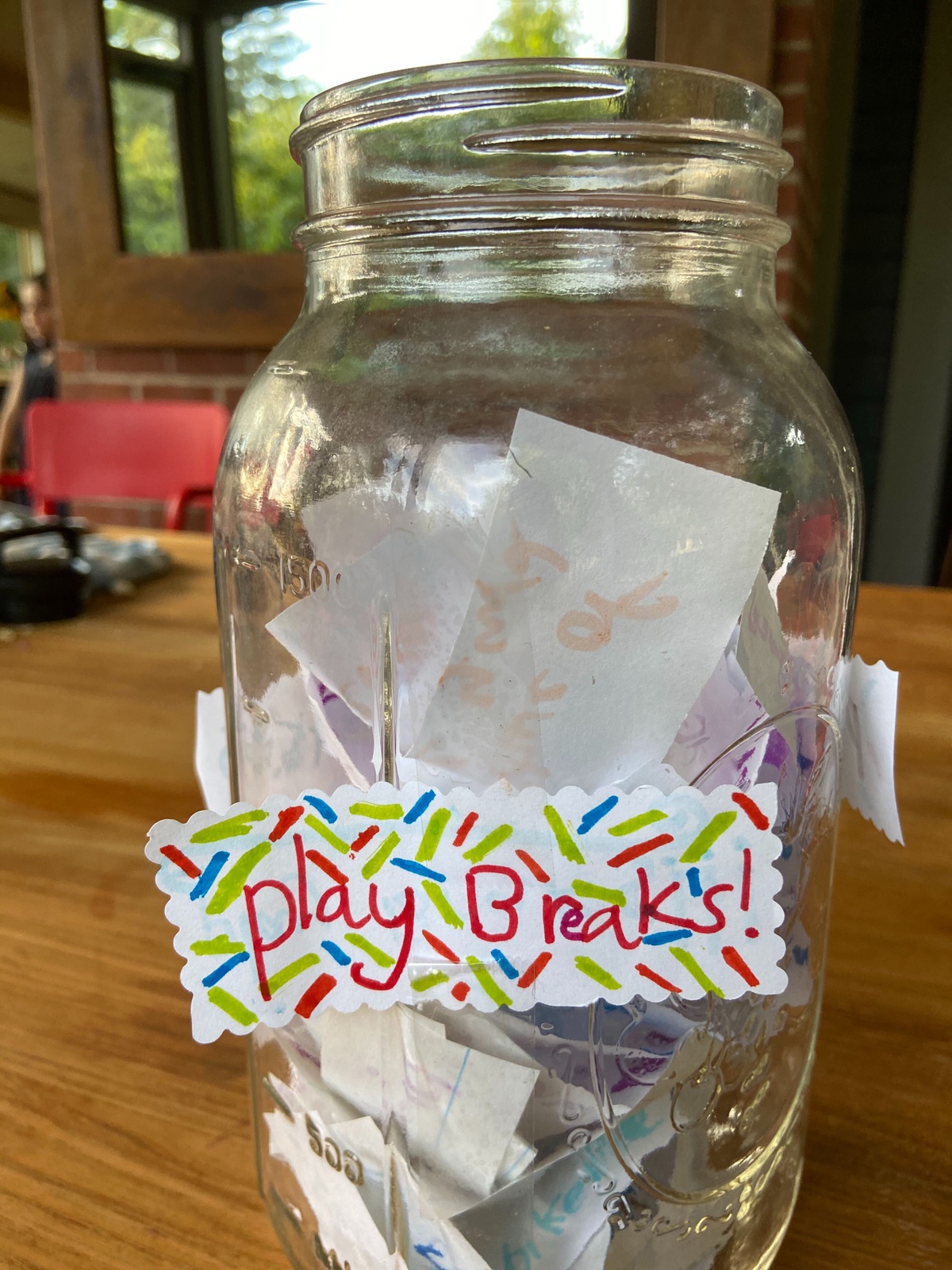We asked our #OutdoorsAll4 Facebook Group of over 12,000 parents to share how their kids will be learning this fall. No surprise, the breakdown looks pretty different from school years past: 49% of kids will be learning at home, 28% will participate in “hybrid” or online schooling and 19% are attending a school or center, in person, either full or part time, while the remaining families are either undecided or simply have kids too young for “schooling.”
All kids need play
One thing all of these families agree on, and we know to be true is that kids need play. If kids are learning at home, they’ll need the opportunity to learn on their own—and how better to do that than through purposeful play? If they’re online for all or part of their schooling, they’ll need breaks to play and go outdoors in order to balance the impact of screen time on their bodies and minds. And, if they are heading into a school environment, they’ll likely benefit from the joy and wellness benefits that outdoor play provides once they’re home for the day. And, grown ups, don’t forget that play is good for us, too!
How do you build in play? Play breaks!
No matter what your family’s schedule, here are some simple tips to build play breaks into the part of the day your kids are home.
When is a good time for a play break?
- If kids are learning at home: Build blocks of time for play into your schedule. Research tells us that kids need a minimum of 30 minutes for self-led play to start, take hold and realize its magic. Yet we’ve seen play last far longer, kids benefitting from plenty of time to explore and develop their ideas. We recommend 1-hour chunks of time with flexibility to go even longer in your schedule.
- If kids are following an online program: Make sure kids use some of the time they’re not required to be on screen to get up, move their bodies and get outdoors. If you can, schedule at least 30 minutes or more once or twice a day for designated play time. And, use transition times between tasks to build in small chances to move and be playful.
- If kids are going to a school or center: As much as possible, try to refrain from scheduling too many structured activities after school in order to leave more open-ended time for play. Though teachers and schools are doing heroic work to make schools feel like schools, kids’ freedom may often be limited in exchange for their safety — not to mention the extra level of stress on everyone involved. So, all the more reason for free, kid-led play when the school day is done!
- If kids need a break: No matter how learning is structured in your house, we all know those moments when kids just need a break—and when we might need one too. A play break can work wonders!
How do you inspire kids to play?
To help all families inspire kids to take a break for play, we have developed our new Tinkergarten Play Break series—quick, easy ideas that inspire hours of purposeful (and fun!) outdoor play. Starting September 6th, each Sunday, we’ll release a new set of five play break ideas to help inspire play throughout the week.
The ideas surround a new theme every week and are available for three age groups: babies and toddlers, preschoolers, and school aged kids. All of our Play Breaks are derived from our Tinkergarten learning method and are engineered to inspire joy and help balance children’s bodies and minds. For a sneak peek, check out a sample of a week’s worth of Play Breaks designed for preschoolers here.
Step 1: Set up a “play break” jar
We recommend that you designate a large jar, basket or box as your Play Break grab bag. Each week, print out or write down the Play Break ideas you like best, and put them in your jar. You can always invent and add your own ideas, too! Like one idea in particular? Keep putting it back in the jar—repetition is a wonderful way for kids to deepen the quality of their play!
Step 2: Pick out an Idea
Whenever it’s time for a break, let kids pull out one of the ideas at random—the element of surprise adds even more joy to the mix. Read the idea, and off kids go! If you need a break, yourself, join in and benefit from the chance to play and connect with kids.
Step 3: Talk about the play
Later, when you have a moment to talk with kids, perhaps over a snack or meal, ask some questions to get kids reflecting on their play Questions like the following can help kids develop their communication skills and give you a window into the kinds of play breaks they’d love more of:
Can you tell me about what you played today?
What did you use to make nature pie?
How did you build a home for your stuffies?
How do you get Tinkergarten Play Breaks?
Just sign up for our mailing list, and you’ll receive a fresh set of Play Breaks each Sunday. Plus, you’ll continue to receive insightful articles and videos to help your family thrive in these wild times and and make the most of your kids’ early learning years!
Want even more ways to thrive this fall? Click here to access our Fall Family Playbook.


